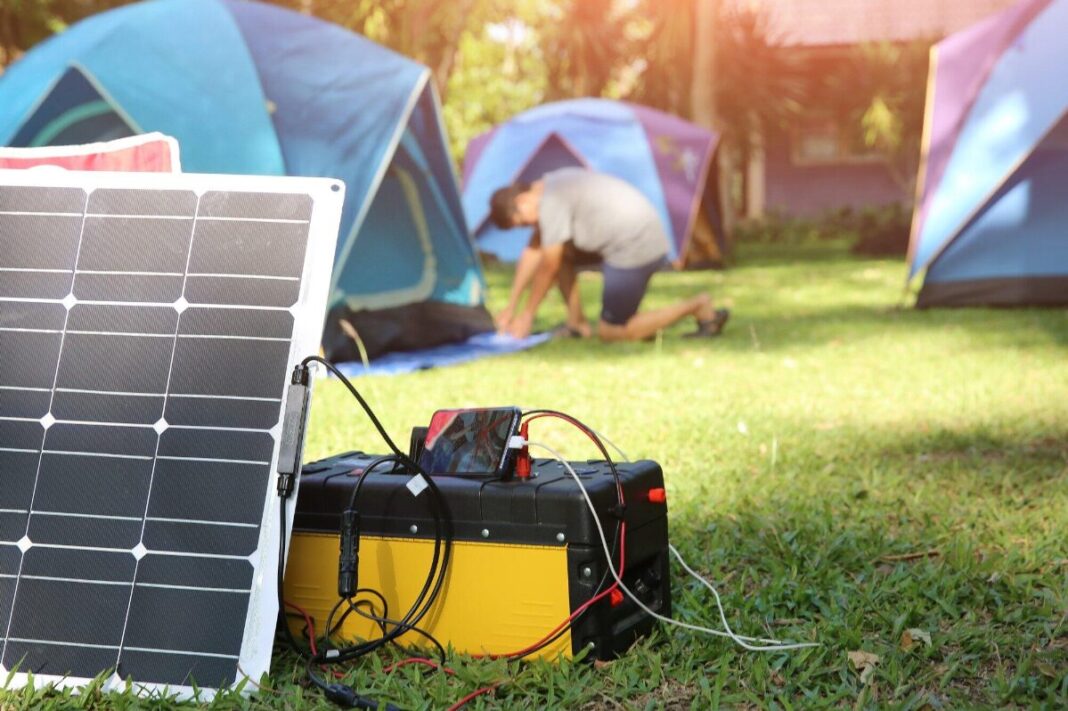Ever wonder how we harness the power of the sun to light up our homes? It’s all thanks to a marvel of modern technology known as a solar generator. Just like a plant uses sunlight for photosynthesis, a solar generator converts sunlight into electricity. But how does a solar generator work? Stick with us as we dive into the fascinating science behind solar generators and show you how they turn sunbeams into electric power.
Solar Panels: The Heart of the System
At the core of every solar generator lies a set of photovoltaic (PV) panels. These panels are responsible for converting sunlight into usable electricity, making them an essential component in any solar-powered system. PV panels are composed of multiple layers, including silicon cells and semiconductor materials such as boron and phosphorus. When sunlight hits these cells, it creates an electric field that separates positively and negatively charged particles. The resulting flow of electrons is what we know as electricity.
Charge Controllers: Keeping the Power in Check
As you can imagine, solar panels produce a lot of electricity in direct sunlight. To prevent your system from short-circuiting or causing damage to your appliances, a charge controller is necessary. This device regulates the flow of electricity from the solar panels to the batteries, ensuring that they do not overcharge. Charge controllers also monitor battery voltage and temperature, protecting them from damage caused by extreme weather conditions.
Batteries: Storing the Energy for Later Use
Now that we have electricity generated by our solar panels and managed by a charge controller, what do we do with it? The answer lies in batteries. These devices are responsible for storing the electricity produced by the solar panels so that it can be used later when needed. This is especially useful during cloudy days or at night when there is no direct sunlight to power the system.
Inverters: Converting DC to AC Power
Most of our household appliances run on alternating current (AC) power, while solar generators produce direct current (DC) power. To make the electricity produced by our solar panels usable for our appliances, we need an inverter. It converts DC power from the batteries into AC power that can be used to run household devices.
The Science of Solar Generators: How It All Comes Together
So, how does a solar generator work? It all starts with sunlight hitting the PV panels, causing an electric field and generating electricity. This electricity is then regulated by a charge controller before being stored in batteries for later use. Finally, an inverter converts the DC power into AC power, making it usable for our everyday needs.
Advancements in Solar Technology
Solar technology has seen impressive advancements over the years. The efficiency of harnessing solar energy in Orange County has greatly increased, thanks to the development of more effective solar panels and the introduction of new materials like perovskites. Additionally, storage solutions have also been improved, with batteries now able to store larger amounts of electricity for longer periods. These advancements have made solar energy a more reliable and sustainable source of power for homeowners and businesses alike.
Harnessing How Does a Solar Generator Work
How does a solar generator work? They take sunlight, turn it into electric juice, store it for later, and change it into a type we can use at home. As our tools get better, these generators become even more effective and cheaper. With more options like wind and water power, we can mix and match to make the best systems. The future of energy is super bright!
Visit our blog for more!



